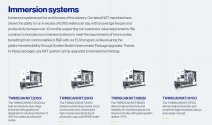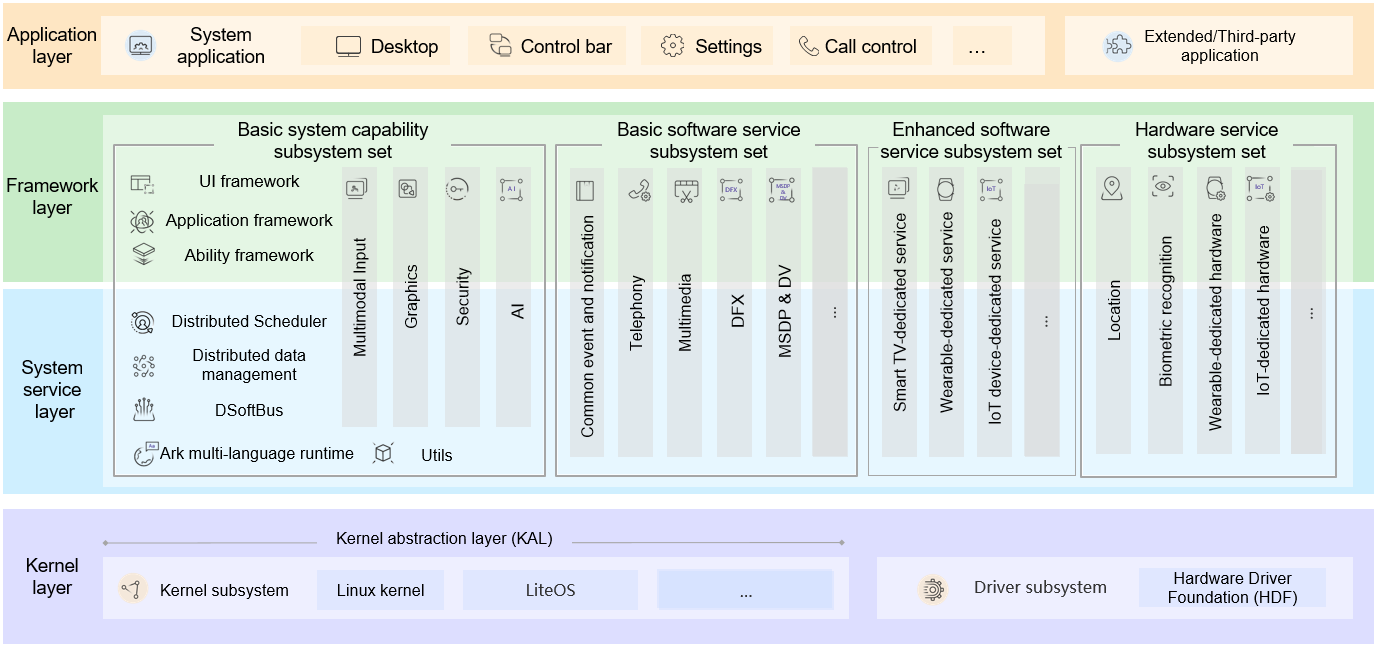If i'm not mistaken graphical shells, drivers and other parts of an operating system aren't counted as part of the linux kernel and such don't have to be up streamed or open sourced to commercialise a linux based distribution.
As i can find the docs for HarmonyOS the architectural overview does show the OS abstracts away the kernel.
There is no short-answer.
Simplistically, you may compare the evolution of pSOS/VxWorks vs Linux and you would likely get some relevant answers. It is not just about kernel technologies. It is an eco-system for developers, products and consumers.
Linux kernel started as a piece of crap that imitated UNIX V5R4. But over last 30 years, Linux kernel has evolved so much that even the best UNIX release cannot match its current release. Just compare the kernel networking stack and you can get a solid answer.
Creating a Linux distribution off kernel.org is not that complicated. But creating a Linux distribution that is adopted by wide variety of business segments is a long-term evolution. I started using Linux from the Slackware distribution. Now only Ubuntu LTS and RHEL can keep up in the cloud age.
For Harmony OS, the best chance is starting from bottom up in the food chain. The embedded world is a vast addressable market. But in this cloud age, I don't yet see a feasible approach to having an OS for both mainstream embedded operating environments and host operating environments.
If the LoongArch community can learn from the history of the MacOS, they would probably have a better chance of creating its own host operating eco-system, while leaving embedded operating environments to Harmony OS.


